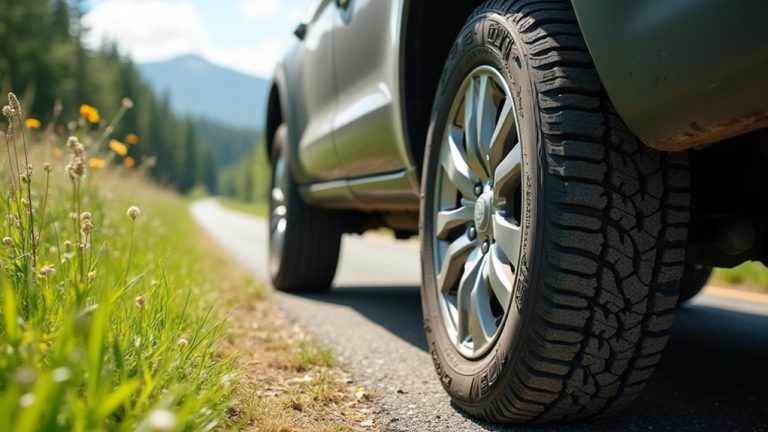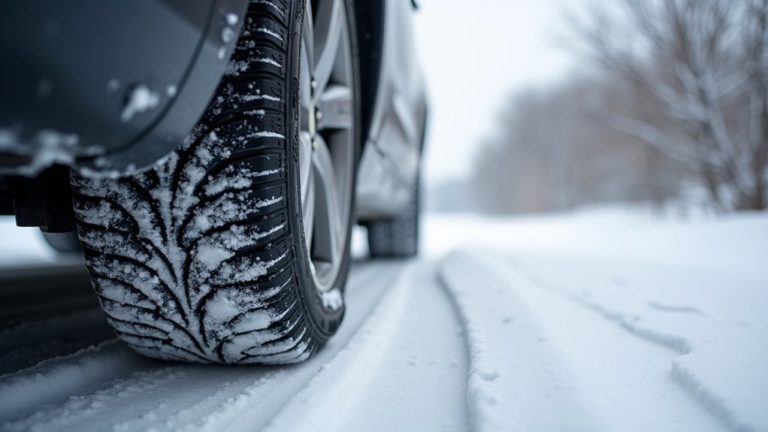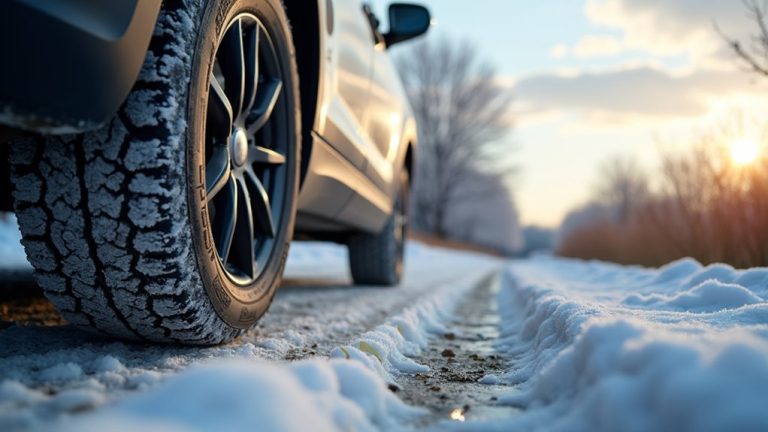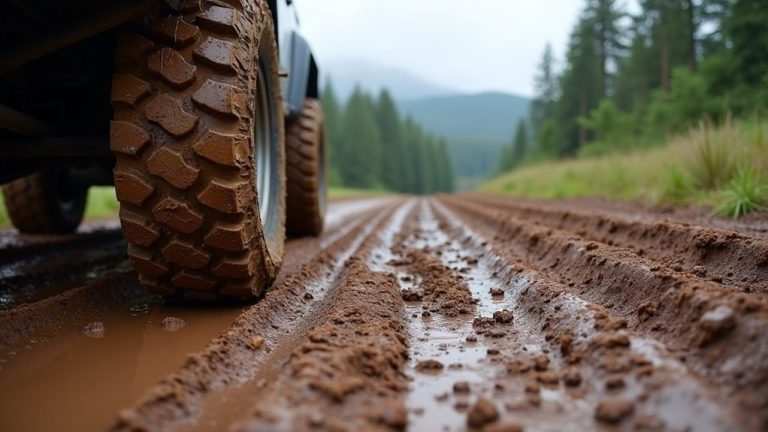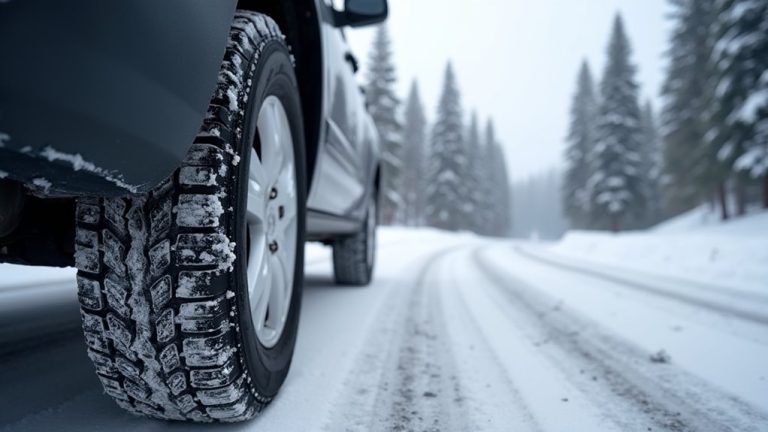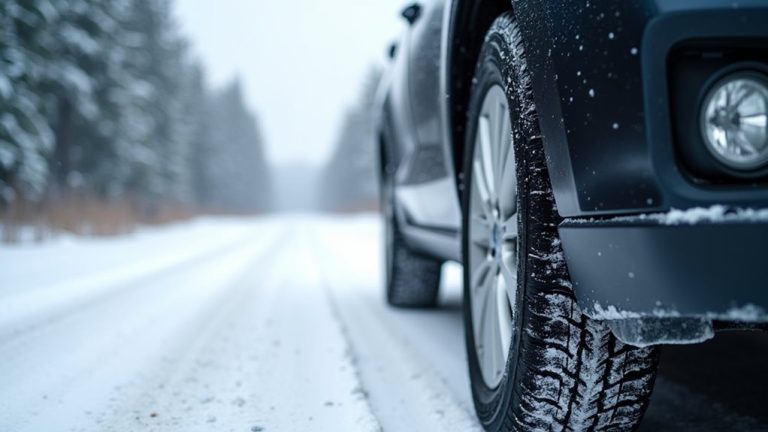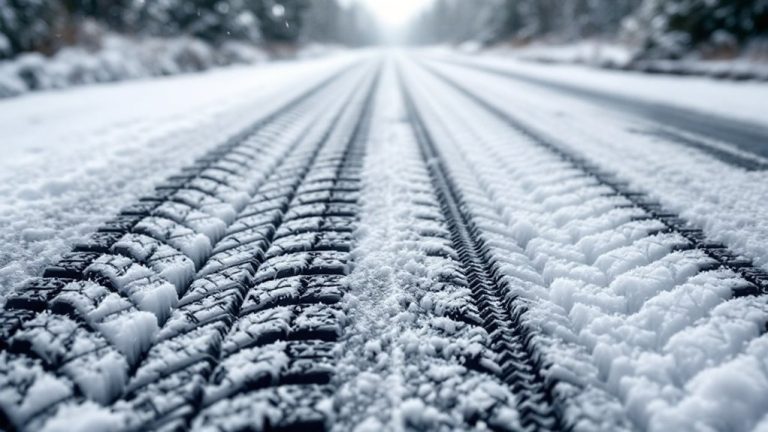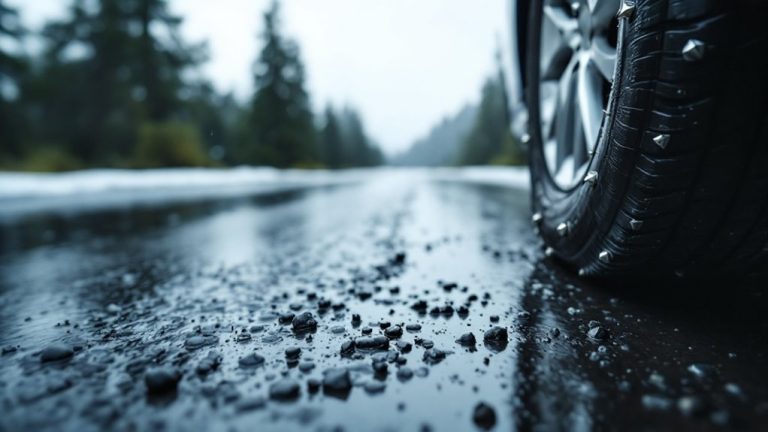Can You Drive On Snow Tires In The Summer
Snow tires in summer? Not a great idea. They pose real safety risks. Braking takes 42% longer on wet roads. The soft rubber overheats on hot pavement. This can cause dangerous blowouts. Poor handling makes twisty roads tricky to manage. Fuel use also rises by 5-15%. That’s due to higher rolling resistance. Stick with me for more tire tips!

